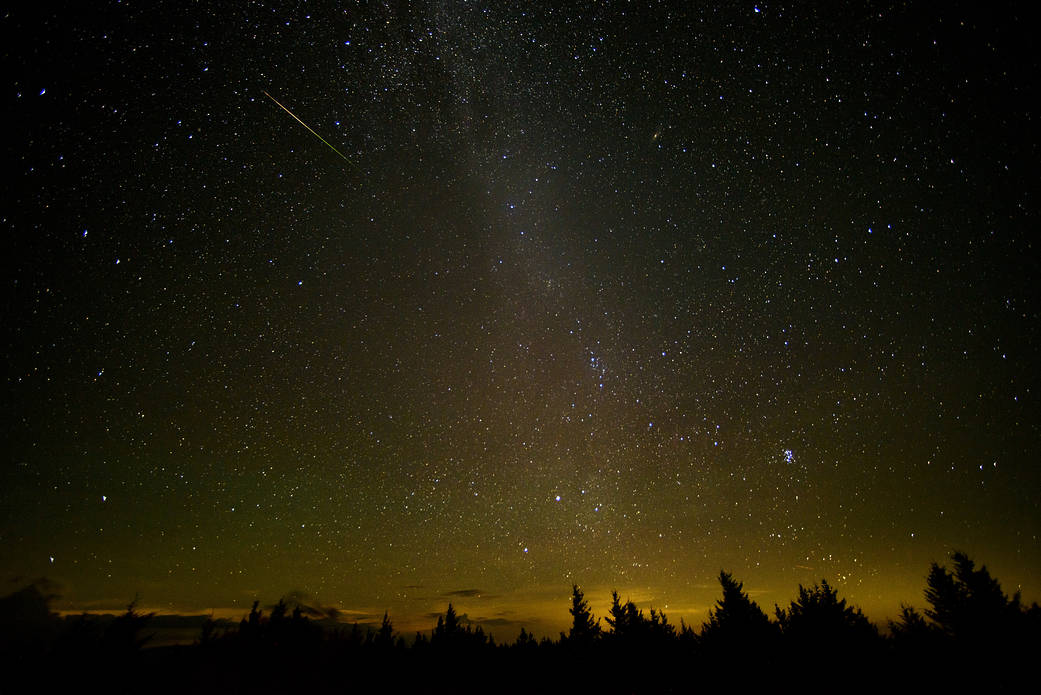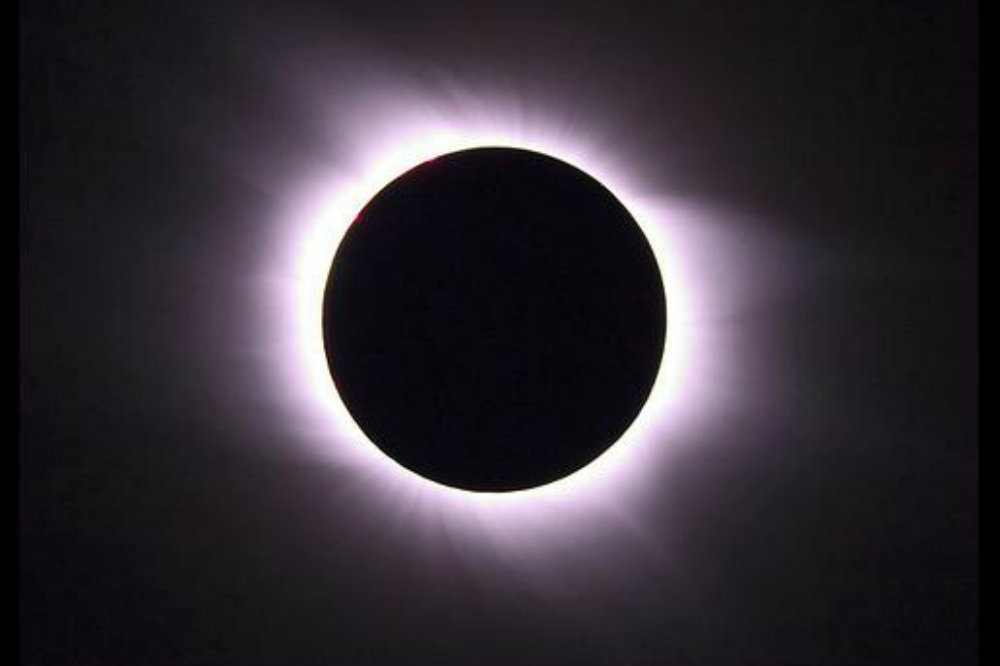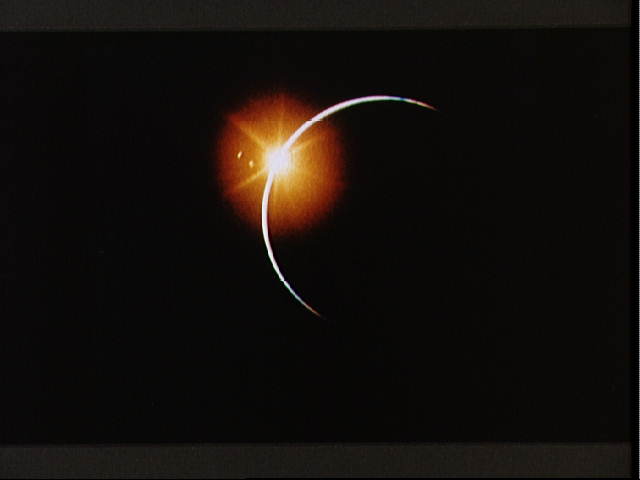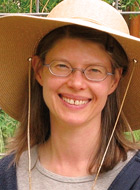Tag Archive for: Andrea Schweitzer
 https://www.dralamountain.org/wp-content/uploads/2023/05/Meteor-shower-NASA-Bill-Ingalls.jpg
695
1041
admin
https://www.dralamountain.org/wp-content/uploads/2023/05/Drala-logo-1.jpg
admin2021-08-11 14:33:452023-05-09 13:29:34Catch a falling star
https://www.dralamountain.org/wp-content/uploads/2023/05/Meteor-shower-NASA-Bill-Ingalls.jpg
695
1041
admin
https://www.dralamountain.org/wp-content/uploads/2023/05/Drala-logo-1.jpg
admin2021-08-11 14:33:452023-05-09 13:29:34Catch a falling star
A Contemplative Approach to Viewing the Eclipse
Mindful Living, NatureAugust 10, 2017
By Andrea Schweitzer, Ph.D. in astronomy // There has been a lot of news about the upcoming "Great American Solar…
by admin0 comments
Summer Solstice, Explained by a Contemplative Astronomer
NatureJune 20, 2016
By Andrea Schweitzer, PhD ~~~ This year, summer will officially begin on June 20th at 4:34 p.m. Mountain Daylight Time,…
by admin0 comments
Big Sky, Big Mind: Discussing Contemplative Astronomy with Andrea Schweitzer, PhD
NatureAugust 25, 2014
Shambhala Mountain Center hosts Big Sky, Big Mind: Contemplative Astronomy Workshop with Andrea Schweitzer and Jim Tolstrup, September…
by admin0 comments